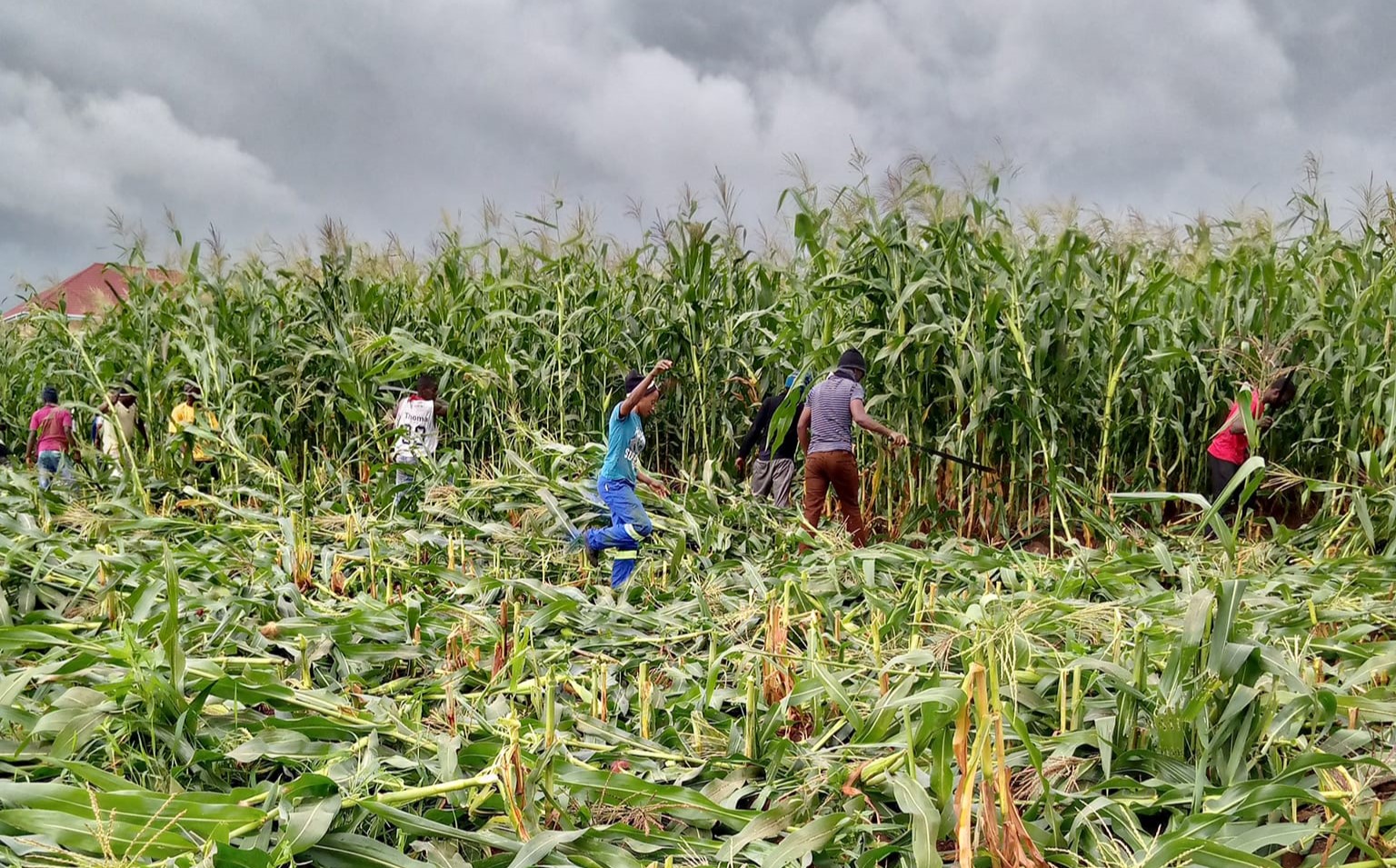The problem with LDF
Not long ago, an audit into the construction of school blocks in Lilongwe City under the Local Development Fund (LDF) found that Lilongwe City Council (LCC) lost about K41 million through fraud under the basket funding arrangement for local development.
Since then and before this incident, several councils found themselves in the news for all the wrong reasons after revelations of fraudulent procurement, outright embezzlement and theft of LDF resources funneled to local councils under both the so-called community and local authority windows.
To understand what ails LDF, one has to look at its history.
In January 2008, government developed the institutional design and basis for financing local development using four windows, namely, the Community Window; the Local Authority Window; Urban Window and the Performance Window.
The fund was established in accordance with the Public Finance Management Act, 2003 and became operational in 2009.
The LDF was designed to pool together all funding for local development initiatives into one basket to realise a harmonised approach in their implementation to achieve efficiency.
Thus, its mission has been to ensure to ensure sufficient, harmonised and decentralised development funding for Local Authorities and achievement of improved development outcomes at local and community level.
So far, the World Bank—which has maintained its Malawi Social Action Fund (Masaf) project within the LDF mechanism, the African Development Bank, the Germans through KfW and the government of Malawi have invested heavily in LDF.
As we speak, the LDF—a local development financing arm of the Ministry of Finance, Economic Planning and Development—has an average annual budget of around K20 billion funded under the National Budget.
Of the K20 billion annual budget, 90 percent (around K18 billion) goes to councils through the National Local Government Finance Committee (NLGFC) to finance various projects at community and local authority levels.
The remaining 10 percent (roughly K2 billion) remains at the LDF secretariat called the Technical Support Team (TST). Out of the TST budget, 70 percent (around K1.4 billion) goes into procurement.
But even with such huge resources being managed under the LDF, the TST remains very much an illegal entity despite being allocated a vote in the national budget.
LDF has no legal powers to police local authorities on resource utilisation. Thus, as The Nation has pointed out several times, there is something fundamentally wrong with fiducially monitoring arrangement of LDF finances, especially at council level. Clearly, the operational framework of LDF is not helping matters at all. And despite the fact that as of now, the LDF is the most important financing mechanism to local councils, the fund only exist on paper and does not have legal mandate.
LDF handles huge amounts of resources because local government has become increasingly important for Malawi’s donors.
In the past 10 years, we have seen a substantial decentralization of functions from central ministries to districts.
Today, an increasing proportion of donor investment, particularly for health, education and agriculture now goes through this structure.
For LDF resources to function as intended, it is crucial that the institutional framework of the fund be legalised.
There was talk of making the LDF a commission, a trust, or an authority so that it becomes a legitimate agency, but there is little movement in that direction. Unfortunately, NLGFC, which is supposed to take charge of local council’s fiduciary management arrangements, is too weak and too ineffective to do the right thing.
Urgent action is needed if we are to save the only mechanism that donors still think is viable and before more billions are lost.



